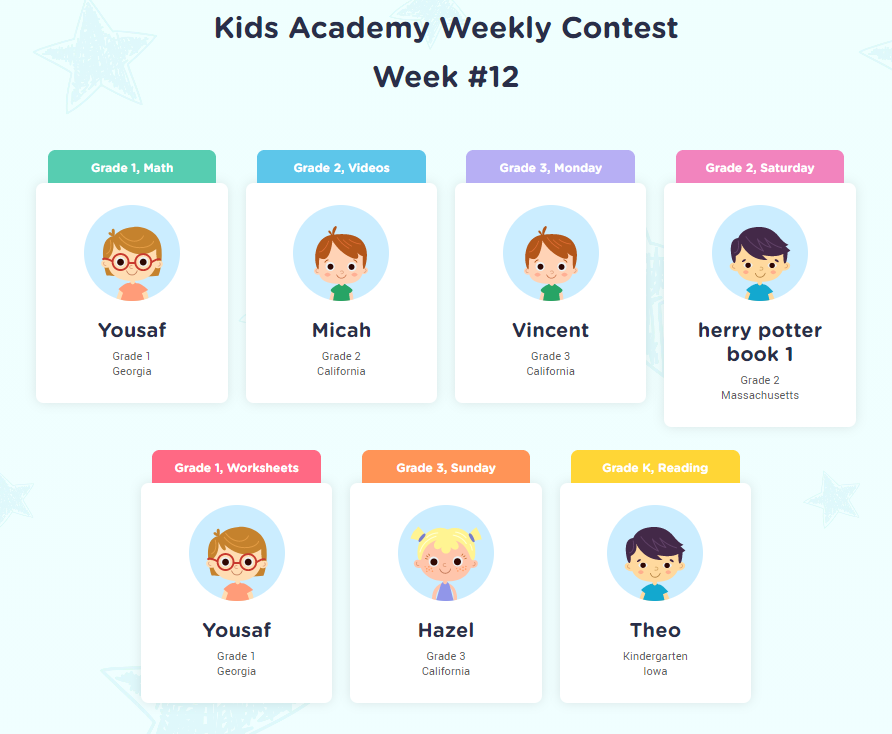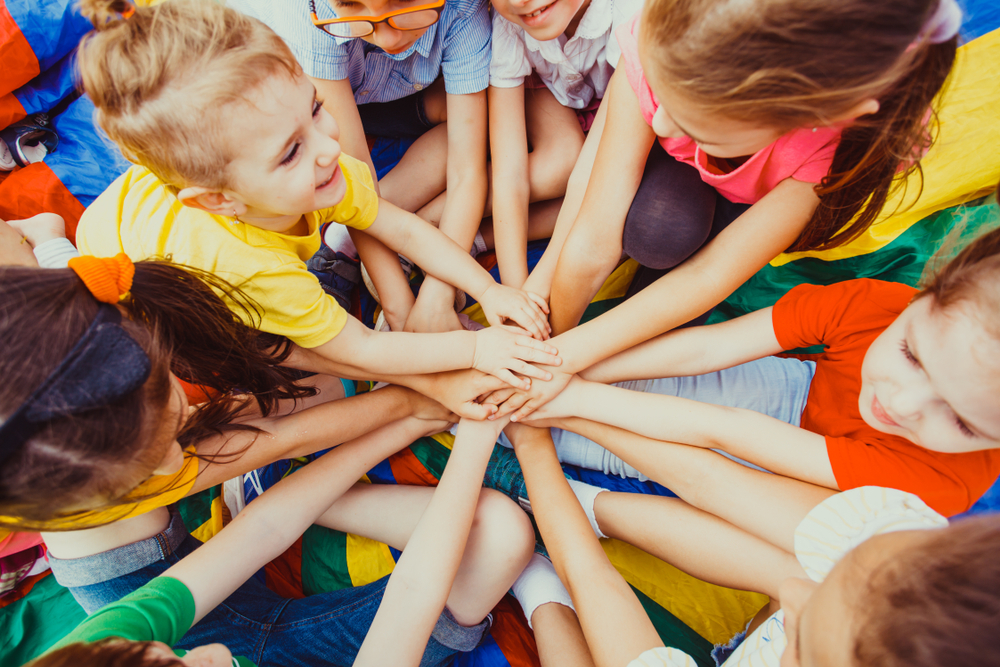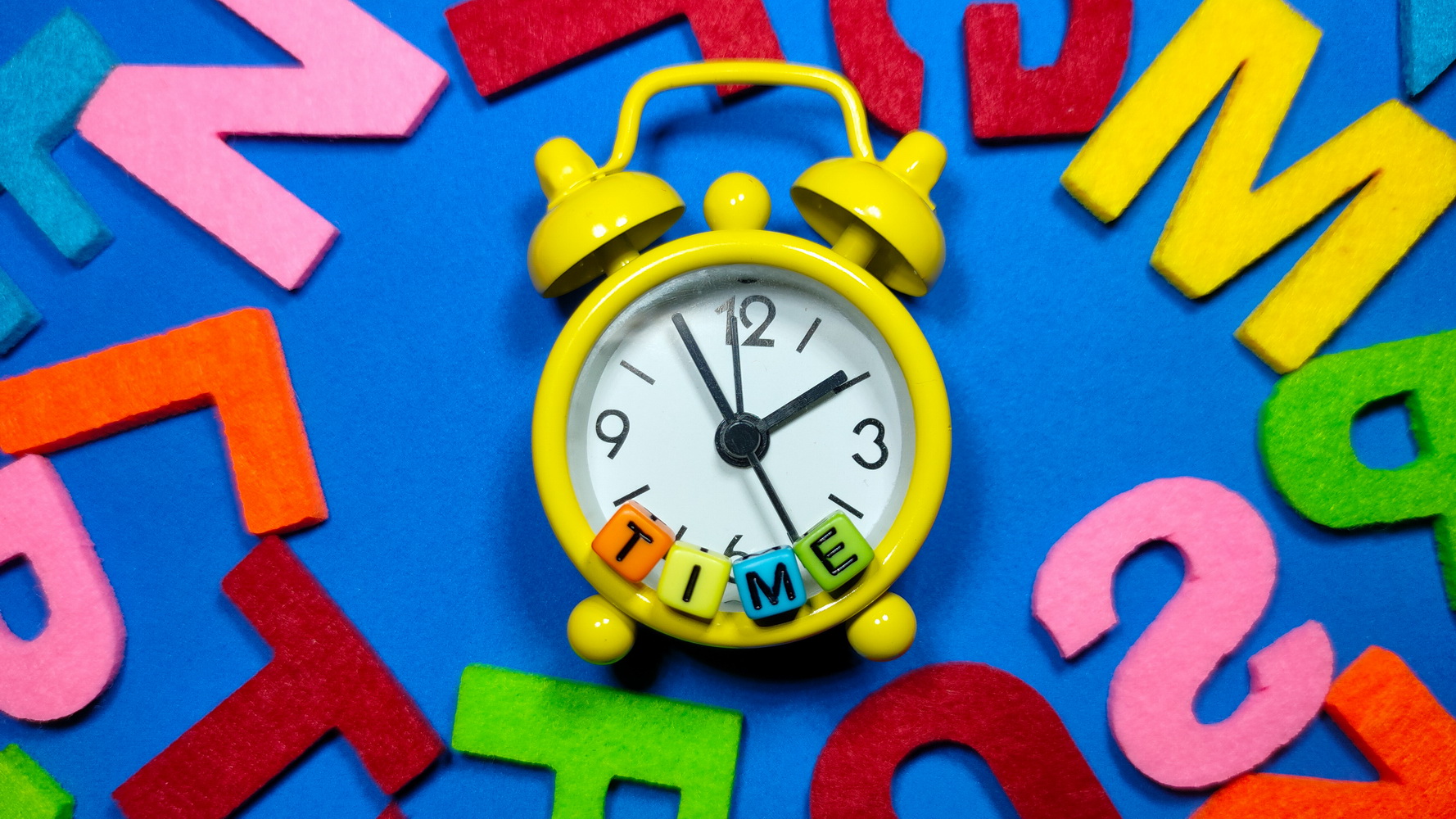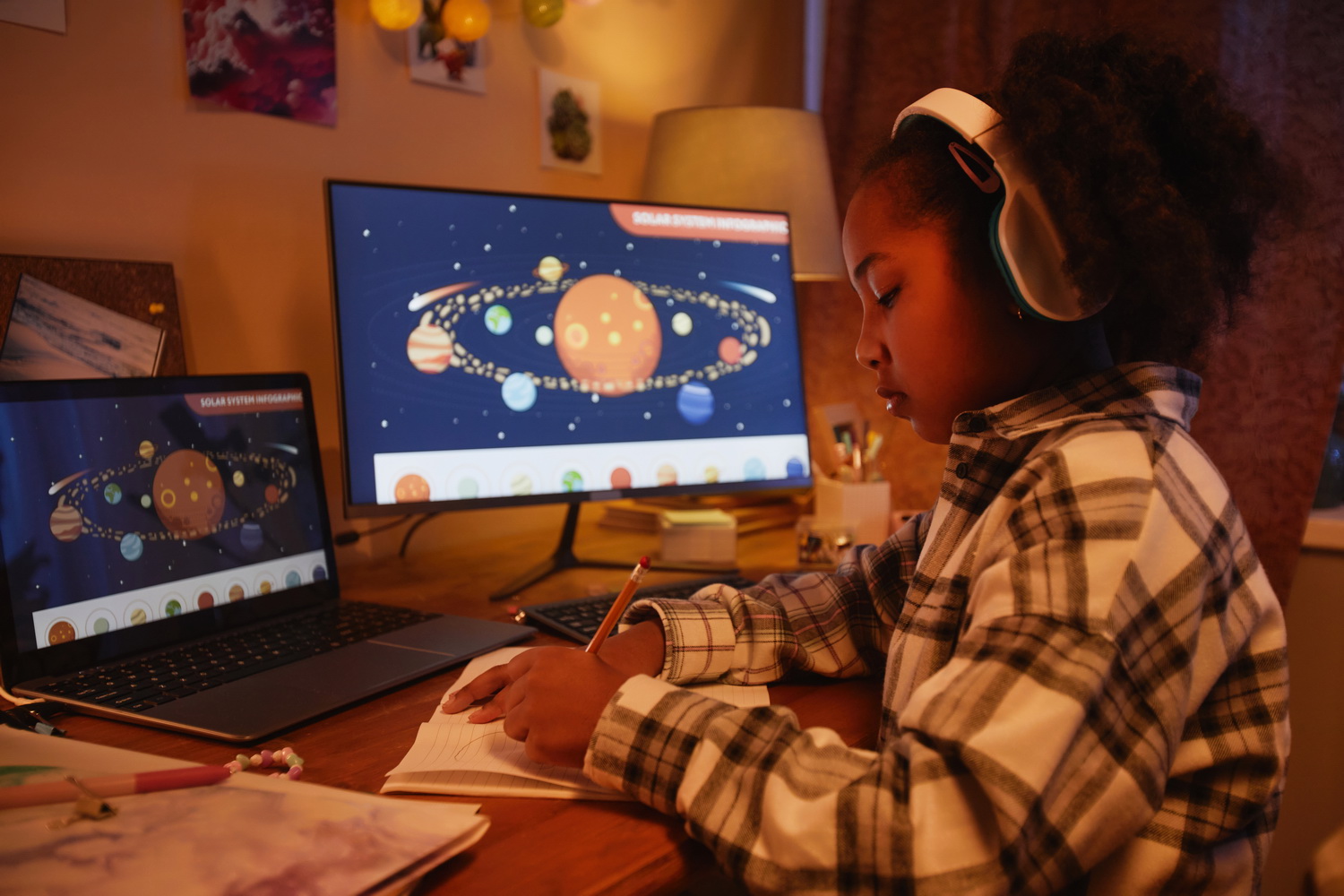DIY Activities to Teach Kids About Germs
May 11, 2020

Let’s face it: germs are gross! But it’s an important topic to learn about, and luckily kids love learning all about gross things! However, the biggest problem is that germs are also invisible, meaning that children can’t see them and therefore aren’t usually aware of the danger they present. Moreover, there’s never been a more important time in recent history to teach our kids about germs considering the recent events surrounding the Covid-19 pandemic.
Obviously, it’s crucial that we introduce our littlest learners to the concept of germs and teach about how to prevent spreading them to others. So how can parents make such an abstract concept more tangible and understandable for the youngest members of our society? The answer is similar to any other topic children may learn: through the use of fun and kid-friendly activities! But first, kids must get a simplified explanation they can relate with.
Let’s take a deeper dive into teaching kids about germs before exploring some DIY activities that can easily be completed at home!
Starting with the Basics
For much of childhood, kids are concrete learners. That means that they understand concepts the best if they can see, hear, or touch them. For instance, kindergarteners or 1st graders begin learning about the water cycle, and how water evaporates into the air, which forms clouds that eventually rain. This is easy for the young mind to comprehend, because children have a frame of reference from which to build knowledge upon. Water, clouds, and even steam are easily observable, and kids already have seen each of the above long before they started to learn about the water cycle.
When it comes to more abstract concepts, like theories or ideologies, these topics are best left alone until the early teen years. Middle schoolers slowly build the ability to think critically about such subjects through guidance and discussion. Finally, in high school, students are truly equipped to begin thinking on a much higher plane.
When it comes to germs, which are somewhat concrete unlike theories or ideas, microscopic life forms like bacteria, viruses, and parasites are in a category of their own. While they are very real, they can’t be seen by the naked eye, making them more like an idea that is hard for children to understand.
To get started, have a talk with your early learners. Relate germs to insects that kids are familiar with; for example, everybody knows that bees can sting, and spiders can bite. Bacteria and viruses are similar in that they attack the body, but they get inside it without us ever knowing. Once you feel that your child understands the concept fairly well, go on to try the following fun ways to teach kids about germs.
Beyond Teaching Hygiene: Fun, DIY Experiments
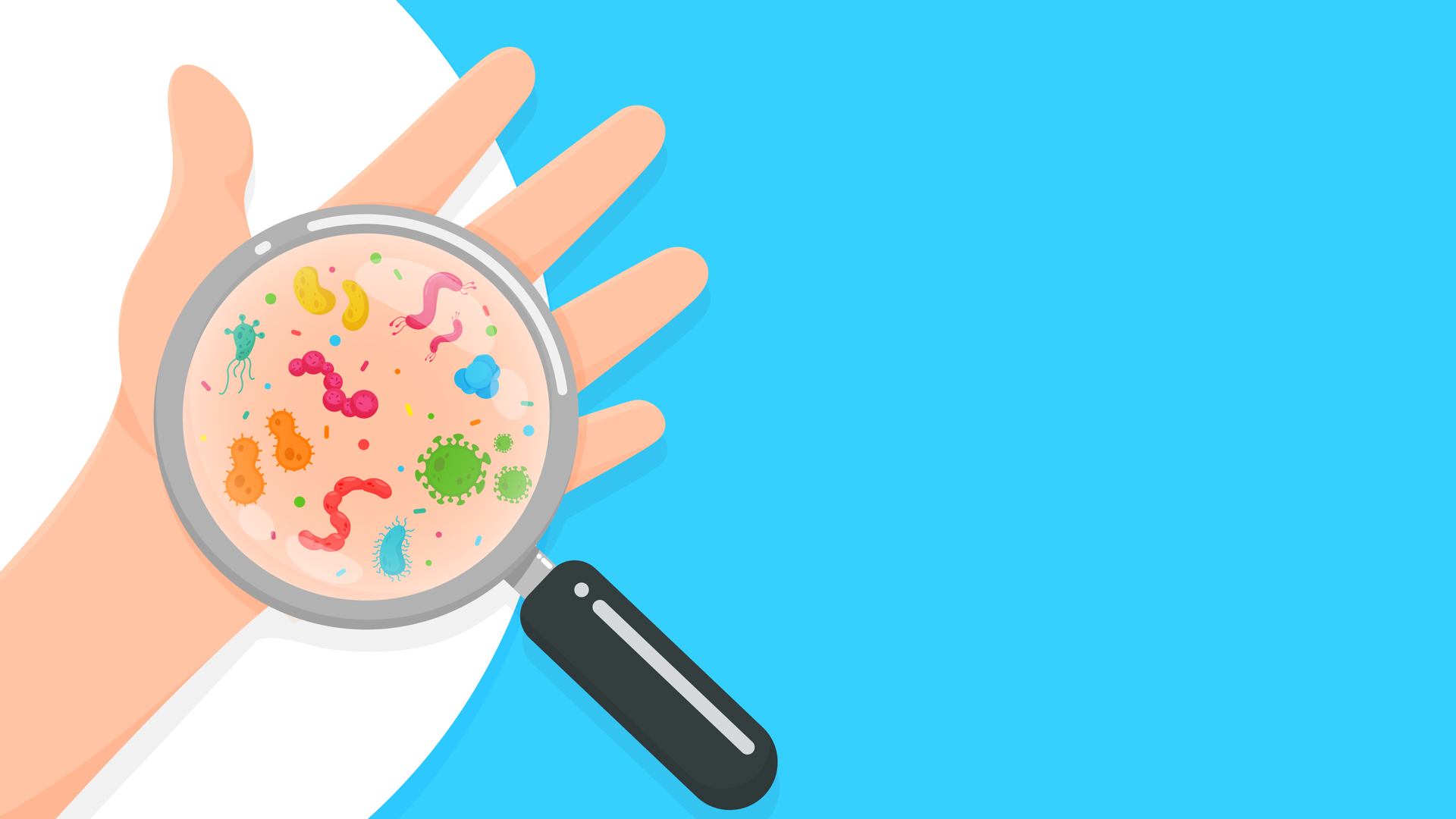
-
Show how germs spread with glitter
Kids love it, and parents hate it, but glitter may very well be the most effective way to teach kids about pesky pathogens. Quite possibly the most well-known way to teach children about viruses and bacteria, this activity aims to show just how easily they can spread through touch.
All you’ll need is a large bowl of water, and some glitter. Pour the glitter into the water and ask your child to play in the water with his or her hands. Afterwards, observe all of the glitter that stuck to the hands! Explain that the glitter on their hands are a lot like germs. Instruct kids to rinse off hands using only water and watch what happens. When the glitter doesn’t come off from water alone, tell participants to try again using soap and water. Notice how the glitter comes off only after scrubbing with soap? Teach children that germs are the same exact way; this is why washing hands is so important!
-
Make your very own Ms. or Mr. Germ model
Do your kids need a reminder to practice good hygiene, like washing hands, and keeping their space clean and organized? Help your child make his or her own “Ms. or Mr. Germ” that can be used as a simple reminder to keep things clean!
To create, simply find some Play-Doh and a toothpick. Discuss the difference between bacteria, viruses, and parasites, and pick one to use as a model. Sculpt a germ using the Play-Doh, and stick it on top of the toothpick like a skewer. At the bottom, create a base using Play-Doh so the germ could stand up. Feel free to use googly eyes and give it a name! Once it dries out, station it on the bathroom sink, or in your child’s room to use as a reminder to keep things tidy.
-
Make a germ cloud using flour
Many viruses can be transported through the air, either through droplets from sneezes and coughs, or through aerosolization. Demonstrate just how far germs can fly through the air by conducting this intriguing flour experiment with your kids!
To get started, prepare a large plate by pouring a heap off flour on it. Try to aim for around 2 cups of flour on the plate. To avoid getting the house messy, head outside on a relatively calm day and set the plate down on the ground. Arrange some toys around the plate in the general vicinity. To conduct the experiment, instruct participants to slap the plate of flour, striking the middle of the heap. Help your child observe its spread! Once the dust settles, encourage children to inspect the toys nearby. Do they contain flour dust? Explain to learners that germs spread in much the same way, falling on anything nearby.
-
Try this black pepper germ activity
This fascinating activity shows kids the power of soap and the importance of hand washing! All you’ll need is a pepper shaker filled with black pepper flakes, a disposable bowl, water, and a small container containing dish soap.
To begin, fill the disposable bowl with water and shake plenty of pepper into the bowl so that it floats across the surface of the bowl. Next, explain to learners to imagine that the pepper flakes are actually virus particles. Instruct one volunteer to dip their finger in the water and watch what the pepper does. Has it moved at all? When children note that the pepper does not move at all when the finger enters the water, have the participant pull their finger out of the bowl. Take note that there are probably pepper flakes stuck to the finger, as well.
To continue, instruct the same learner to dip their finger into the dish soap and ensure that the tip is covered in soap. Take that finger and dip it again into the bowl of pepper water. What happens? Kids will be shocked to see how the soapy finger repels the pepper to the other side of the bowl, showing them in a concrete way the power of soap!
-
Complete the infamous moldy bread experiment
Late last year, one school’s moldy break experiment went viral after finding it on the CS Mott Children’s Hospital website, and it serves as a meaningful way to demonstrate the importance of washing hands. To conduct the experiment, you’ll need:
- 3 zip-top bags
- 3 slices of bread, preferably from a bakery or homemade
To complete, prepare each slice of bread as follows:
- Using clean tongs or grasping by turning a zip-top bag inside out, place one slice of bread in one of the bags without touching it at all. Seal the bag and label it as the control.
- Without washing hands, ask your child to touch the bread on both sides before they place it inside the bag. Seal this bag but label it “dirty hands”.
- Finally, instruct your little learner to wash hands well with soap and warm water for at least 20 seconds. Without touching anything else after drying the hands, have him or her touch the last slice of bread, exactly how it was done for the previous slice. Once again, place the bread inside the bag, seal it, and label it “clean hands”.
- Store the bags in a cool place and decide upon a time each day to record observations. Which slice grows mold first? Which slice grows the most mold? Take pictures and write down observations in a notebook and repeat this process every day. After a few days, the bread will begin to change, so look closely and watch what happens! Learners will discover the importance of washing hands after seeing that dirty, moldy piece of bread!
Considering the ongoing national crisis surrounding the Covid-19 pandemic, there has never been a better time to teach children about germs and the importance of proper handwashing and hygiene. Try the fun-filled activities above to teach kids about the complicated concept of germs, and how to prevent their spread. Turn it into a health science lesson and follow it up by using resources from Kids Academy to continue their learning!


